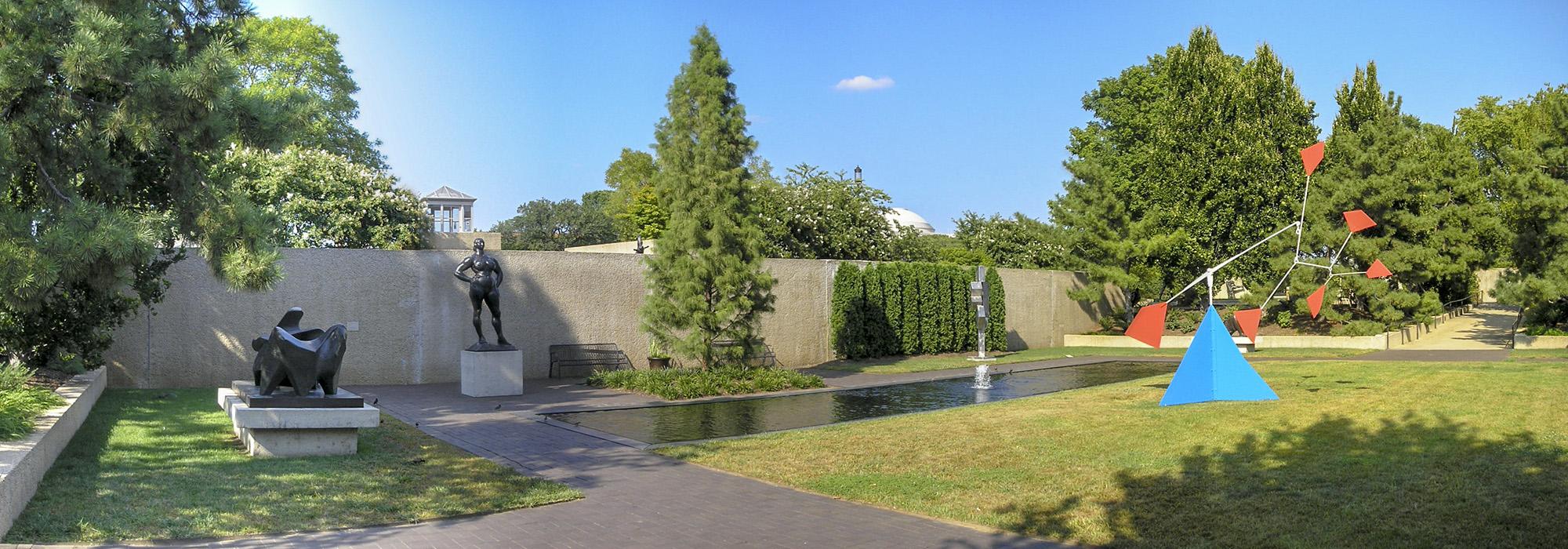2019’s Notable Developments in Landscape Architecture
In 2019 landscape architecture’s greatest impact continued to be in the public realm. In the first two decades of the 21st century, landscape architects and their audacious and transformative projects have been at the forefront of innovative design, whether creating vibrant parks over capped highways or vast projects covering hundreds of acres that skillfully accommodate public recreation, habitat restoration, and resiliency. We are also seeing sensitive rehabilitations of iconic landscapes and a greater appreciation for our cultural landscape legacy, with great works of landscape architecture now widely recognized as vital public amenities and essential elements in economic revitalization and placemaking. As Pulitzer Prize-winning architecture critic Paul Goldberger recently noted: “A public building may or may not be of public benefit; a public landscape almost invariably is.”
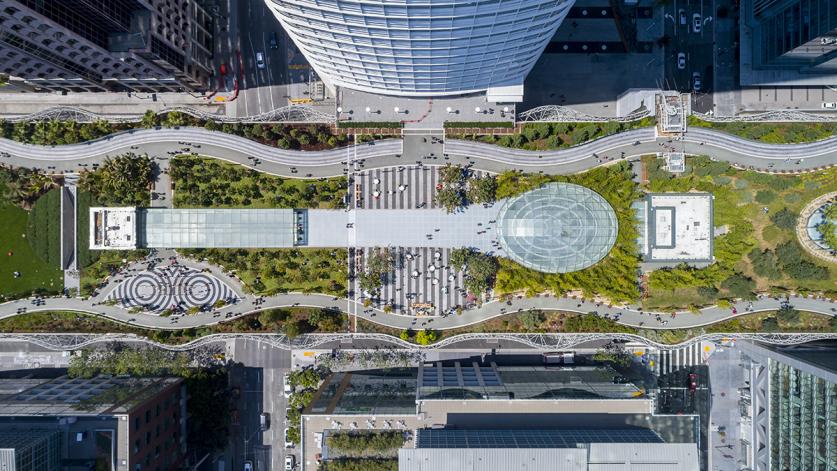
San Francisco is currently a hive of activity following the opening of the Salesforce Transit Center & Park by PWP Landscape Architecture and Pelli Clarke Pelli Architects. Situated 70 feet above street level atop a high-speed rail station and transit hub, this sinuous 5.4-acre park “already functions as a village green,” according to the San Francisco Chronicle, and is a catalyst for the development of a new neighborhood.
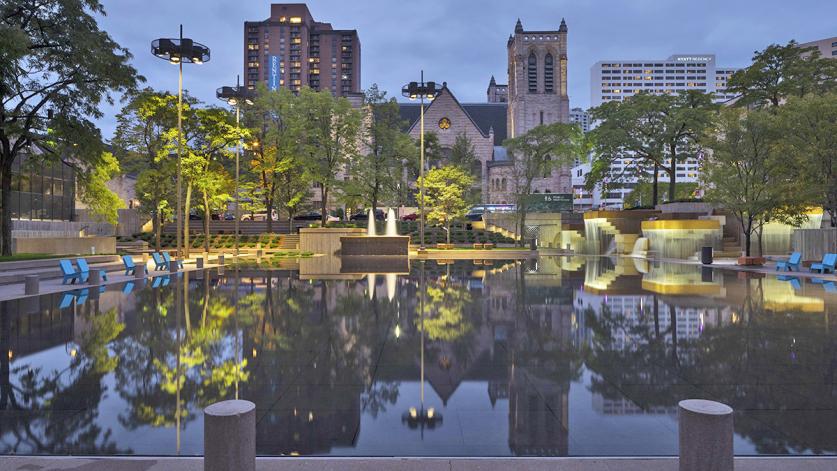
Equally significant have been the rehabilitations of faded gems that have been both sensitive and innovative in equal measure, thanks to meticulous research by the designers. Minneapolis’ M. Paul Friedberg-designed Peavey Plaza, for example, has just emerged from an elegant rehabilitation led by Coen+Partners that has seen the restoration of its iconic Modernist fountains and sensitive additions to address accessibility and other requirements. The plaza, which is listed in the National Register of Historic Places, is once again a jewel in the city’s crown. In Los Angeles, Rios Clementi Hale Studios has made careful changes to the Music Center plaza that include an elegant geometric paving. The Los Angeles Times notes: “The redesign is less a full-blown re-do than a careful surgical intervention. It is intended to make the Music Center more flexible and functional.” Accessibility, the paper says, was the “guiding principle.”
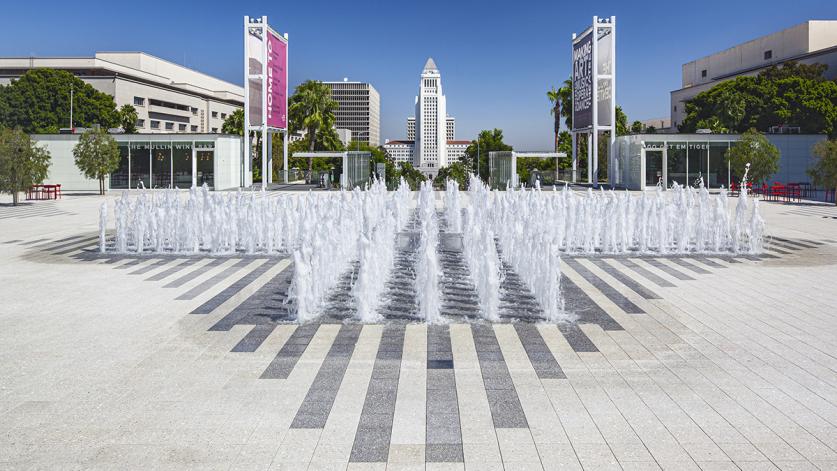
Despite these advances, existing legacy parks are still too often treated as unadorned potential building sites rather than as valuable open space. That’s the case with the ongoing, multi-year saga of the Obama Presidential Center proposed for some twenty acres in Chicago’s historic Frederick Law Olmsted-designed Jackson Park. This year we may see the completion of federal-level reviews and the resolution of a lawsuit … or not. Perhaps Chicago’s new mayor, Lori Lightfoot, will take a page from Budapest’s new mayor, Gergely Karácsony. According to the Art Newspaper, Mayor Karácsony, with the support of the General Assembly, successfully halted construction of the $275 million National Gallery of Hungary in Budapest’s City Park because of the “enormous impact” the “monumental building” would have on the park’s environment. He’s not opposed to the museum, just to siting it on public parkland. Budapest is looking for alternatives. Chicago should too.
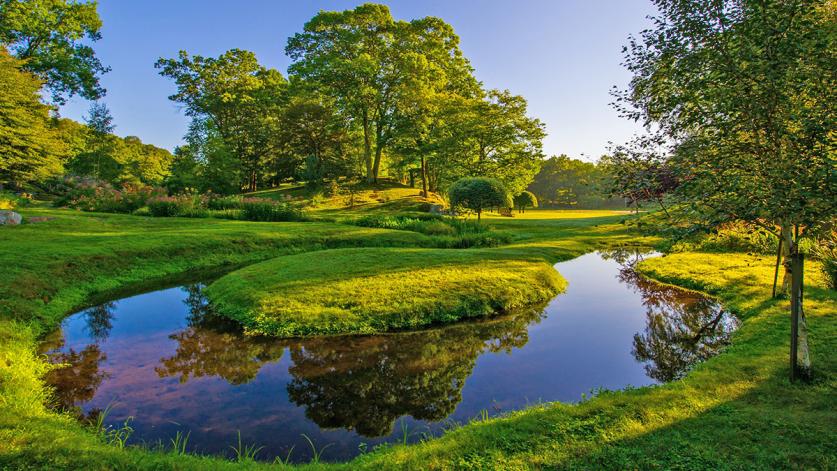
This has also been a year for recognizing innovators. The New Jersey residence of James Rose, now a center for architectural research and design, was listed in the National Register of Historic Places. The seamless integration of indoor and outdoor rooms—a hallmark of Modernist design—along with the blurring of boundaries between constructed and natural forms, reflects the influence of Japanese design on Rose's work. Some 90 miles north of New York City is Lester Collins’ magnum opus, Innisfree, a masterpiece of Eastern influence on a distinctly American landscape, which was was also listed in the National Register this year.
Two documentaries provided valuable insights into pioneering women practitioners (this is particularly timely since women now outnumber men in both undergraduate and graduate landscape architecture programs in the United States). The Life and Gardens of Beatrix Farrand by filmmaker Karyl Evans focuses on the designer of Dumbarton Oaks in Washington, D.C., and other influential sites, and the only founding woman member of the American Society of Landscape Architects. Another documentary, City Dreamers by Joseph Hillel, chronicles the lives and careers of four estimable postwar designers—the architects Phyllis Lambert, Blanche Lemco van Ginkel, and Denise Scott Brown, and Cornelia Hahn Oberlander, the latter dubbed the “grande dame of landscape architecture” by the New York Times.
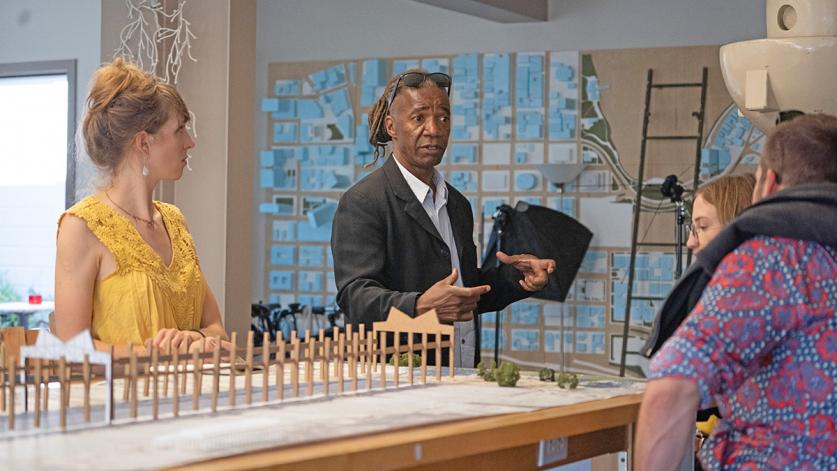
And talk about having a good year: On September 25 Walter Hood became the second landscape architect (following Kate Orff) ever to earn a Macarthur “genius” grant. Less than two weeks later, Hood received the Dorothy and Lillian Gish Prize, given annually to a “highly accomplished artist from any discipline who has pushed the boundaries of an art form, contributed to social change and paved the way for the next generation.”
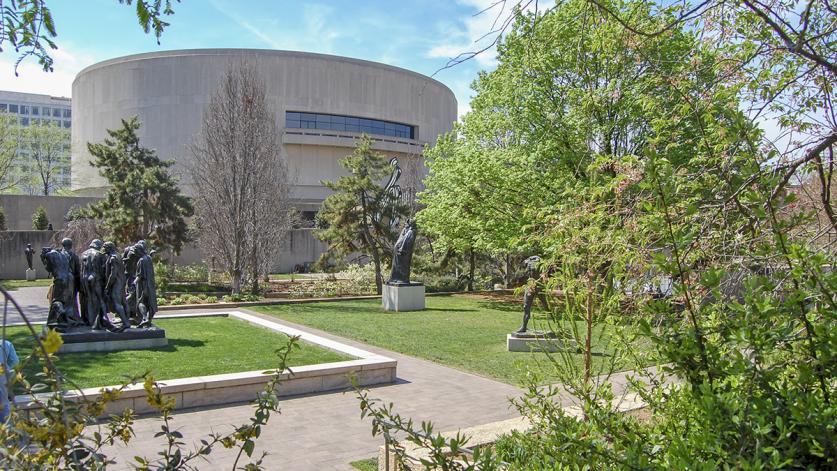
Yet, for all of the acclaim for the profession and its practitioners, great works of landscape architecture remain at risk. Lester Collins’ second-most important work (after Innisfree), the sculpture garden at the Hirshhorn Museum and Sculpture Garden in Washington, D.C., is now under threat. The original 1974 site, designed by architect Gordon Bunshaft, opened to harsh reviews—the New York Times called it a “gravel pit.” By contrast, the Collins 1977-80 redesign, with its sequence of outdoor rooms, was deemed a “welcoming urban park” and a “park for art [that] serves the sculpture.” A proposed redesign of the sculpture garden by the world-famous artist Hiroshi Sugimoto is being closely scrutinized.
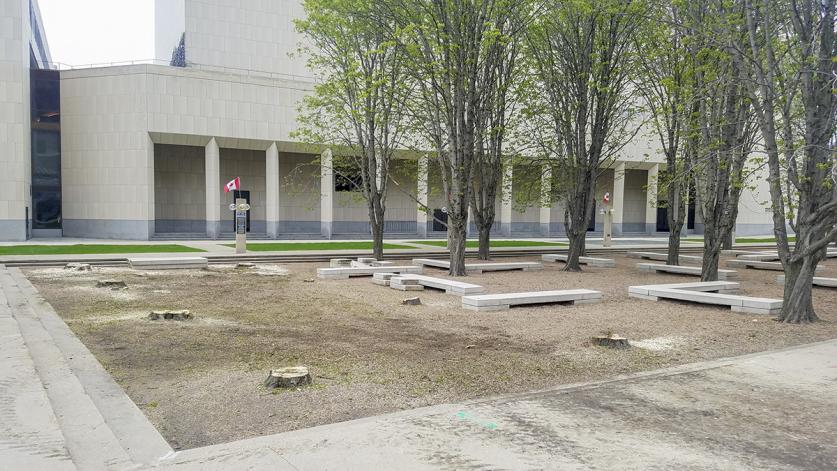
Another Modernist site, the Dan Kiley-designed landscape at the Marcus Center in Milwaukee, Wisconsin, is currently in limbo. Kiley’s work included a Tuileries-inspired grove of 36 horse chestnut trees, and plans to replace it with programmable lawn space have stalled. Twenty of the trees were, however, chopped down on May 11, and the site remains in a mutilated state.
Perhaps the greatest challenge to our shared legacy of cultural landscapes and, paradoxically, the great opportunity for the profession of landscape architecture comes from climate change. The calls for redesigning urban waterfronts to address storm surge and flooding will require thoughtful and well-informed decision-making—just the sort of interdisciplinary approach pioneered by Hideo Sasaki, the centennial of whose birth we observed this year. As we proceed into this next decade, landscape architects are uniquely trained and equipped to be the leaders in dealing with one of the greatest threats we face.



